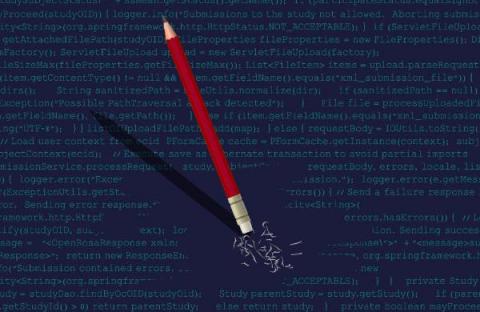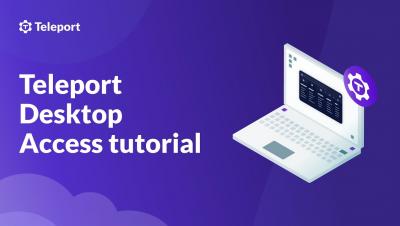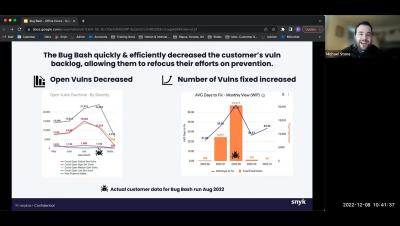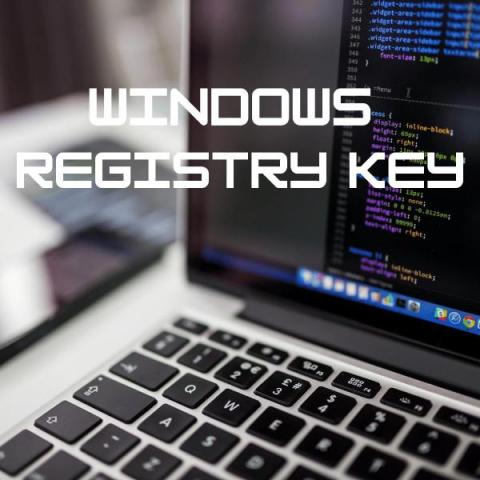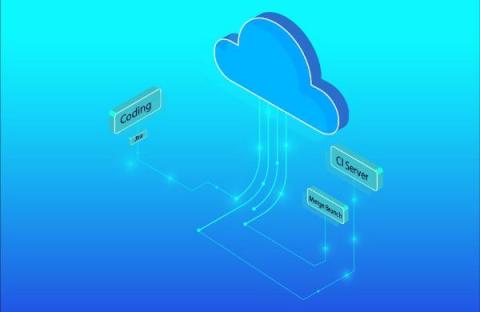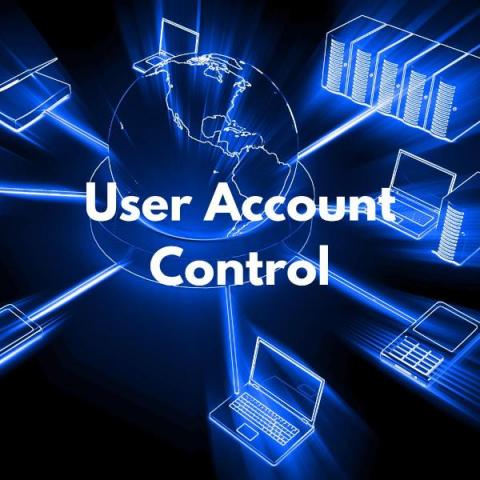What You Need to Consider For Managing Third-Party Risk
Managing third-party risk is not a high priority, Forrester data finds. And that’s concerning. Juggling was a skill that organizations in the public and private sectors found themselves having to learn in the last two years because of the need to deal with new business priorities and strategic initiatives on top of managing lots of new security risks. Mastering the art of keeping all the balls in the air is something security, compliance and risk professionals must master in 2023.



